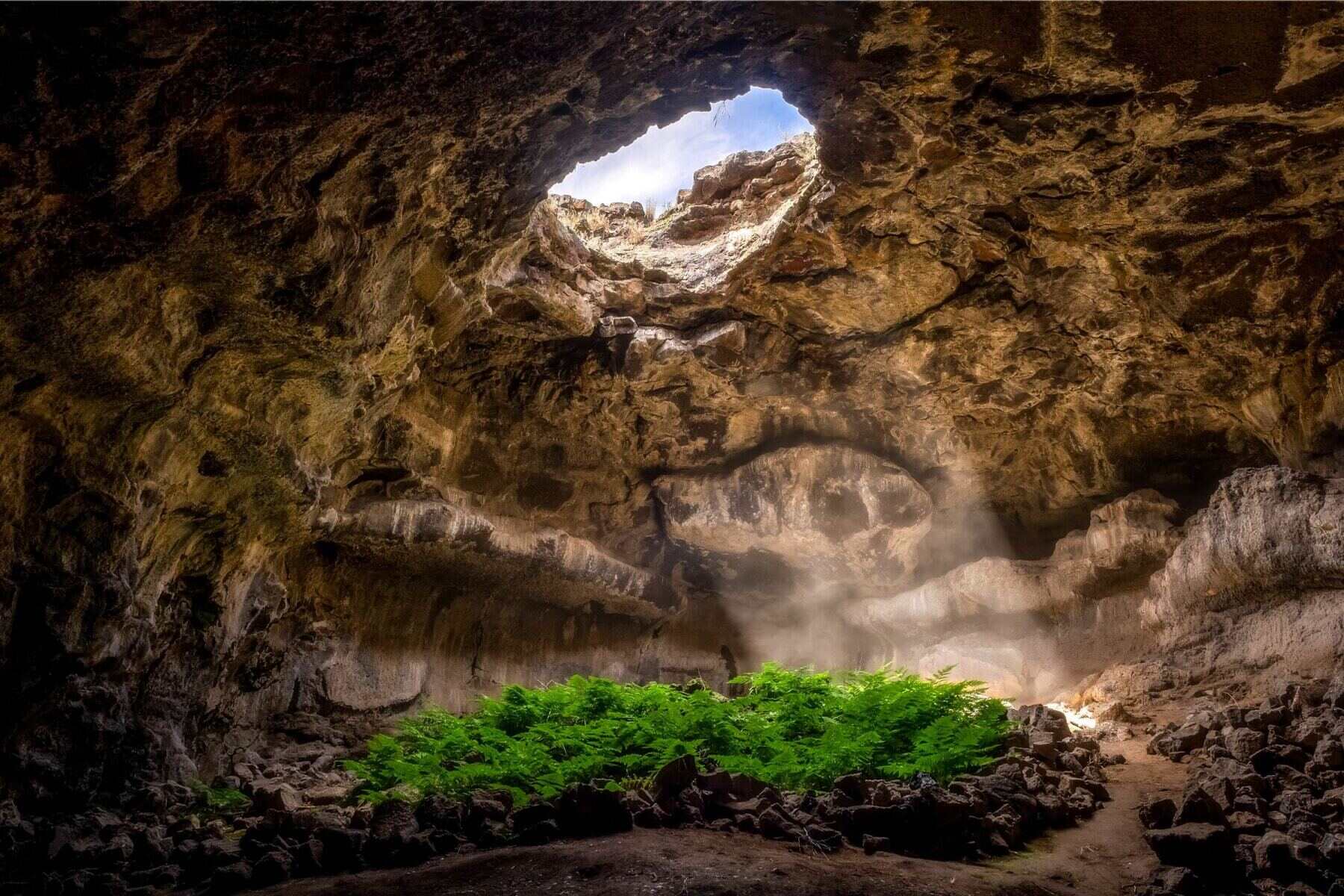Secrets Of Mammoth Cave’s Karst Formations

Have you ever wondered what makes Mammoth Cave's karst formations so unique? This natural wonder, located in Kentucky, boasts the world's longest cave system. Formed over millions of years, these intricate passages and chambers result from water slowly dissolving limestone. As you explore, you'll encounter stunning stalactites, stalagmites, and other fascinating rock formations. The cave's vast network offers a glimpse into Earth's geological past, revealing secrets hidden deep underground. Whether you're an avid spelunker or just curious about nature's marvels, Mammoth Cave promises an unforgettable adventure. Ready to learn more about this subterranean spectacle? Let's dive into the mysteries of Mammoth Cave's karst formations.
The Enigmatic Beauty of Mammoth Cave
Mammoth Cave, located in Kentucky, is the world's longest known cave system. Its intricate network of passageways and chambers holds many secrets. Among these, the karst formations stand out, captivating visitors with their unique shapes and sizes. Let's delve into some of the most fascinating karst formations found within this natural wonder.
Stalactites: Nature's Icicles
Stalactites hang from the ceiling of the cave like icicles, formed by the slow dripping of mineral-rich water. Over centuries, these formations grow, creating stunning displays.
- Frozen Niagara: This formation resembles a cascading waterfall, frozen in time. Its intricate layers and delicate appearance make it a must-see.
- Crystal Lake: Reflecting the beauty of the stalactites above, this underground lake adds a magical touch to the cave's ambiance.
- Drapery Room: Named for its curtain-like formations, this room showcases the delicate beauty of stalactites in various shapes and sizes.
Stalagmites: Rising from the Ground
Stalagmites form on the cave floor, growing upward as mineral deposits accumulate from dripping water. These formations often mirror the stalactites above them.
- Giant's Coffin: A massive stalagmite that resembles a coffin, this formation is both eerie and awe-inspiring.
- Towering Columns: When stalactites and stalagmites meet, they form columns. These towering structures can reach impressive heights, creating natural pillars within the cave.
- Frozen Waterfall: This stalagmite formation looks like a waterfall turned to stone, showcasing the power of nature's artistry.
Flowstones: The Cave's Canvas
Flowstones are created by sheets of water flowing over the cave walls and floors, leaving behind layers of minerals. These formations often resemble frozen rivers or melted wax.
- Rainbow Dome: Named for its colorful layers, this flowstone formation is a vibrant display of mineral deposits.
- Cascading Curtains: Resembling draped fabric, these flowstones create a sense of movement within the stillness of the cave.
- The Great Wall: A massive flowstone formation that stretches across a large section of the cave, resembling an ancient fortress wall.
Helictites: Defying Gravity
Helictites are some of the most unusual karst formations, growing in all directions, seemingly defying gravity. Their twisted shapes add an element of mystery to the cave.
- Medusa's Hair: This formation looks like a tangle of hair, with thin, winding strands reaching out in all directions.
- The Corkscrew: A helictite that spirals upward, resembling a twisted corkscrew. Its unique shape makes it a standout feature.
- The Spiderweb: Delicate and intricate, this formation looks like a spider's web spun from stone, showcasing nature's complexity.
Cave Pearls: Nature's Hidden Gems
Cave pearls are small, round formations created by the constant movement of water in shallow pools. These pearls are rare and highly prized for their beauty.
- Pearl Hall: A chamber filled with cave pearls, each one a tiny marvel of nature's craftsmanship.
- The Jewel Box: This small pool contains some of the most perfectly formed cave pearls, glistening like hidden treasures.
- The Oyster Bed: Named for its resemblance to an oyster bed, this area is home to numerous cave pearls, each one a testament to the cave's dynamic environment.
The Magic of Mammoth Cave
Mammoth Cave's karst formations are truly a natural wonder. Exploring these underground marvels offers a unique glimpse into geological history. The intricate stalactites and stalagmites create a breathtaking landscape that feels almost otherworldly. Walking through the cave, you can see how water has shaped the limestone over millions of years, creating a labyrinth of tunnels and chambers.
Visiting Mammoth Cave is not just about seeing rocks; it's about experiencing the power of nature. The cave's vastness and beauty leave a lasting impression. Whether you're a geology enthusiast or just love adventure, Mammoth Cave has something for everyone. Remember to bring a flashlight and wear sturdy shoes, as some paths can be slippery.
Don't miss the chance to explore one of the world's most fascinating natural formations. Mammoth Cave is waiting to share its secrets with you.

